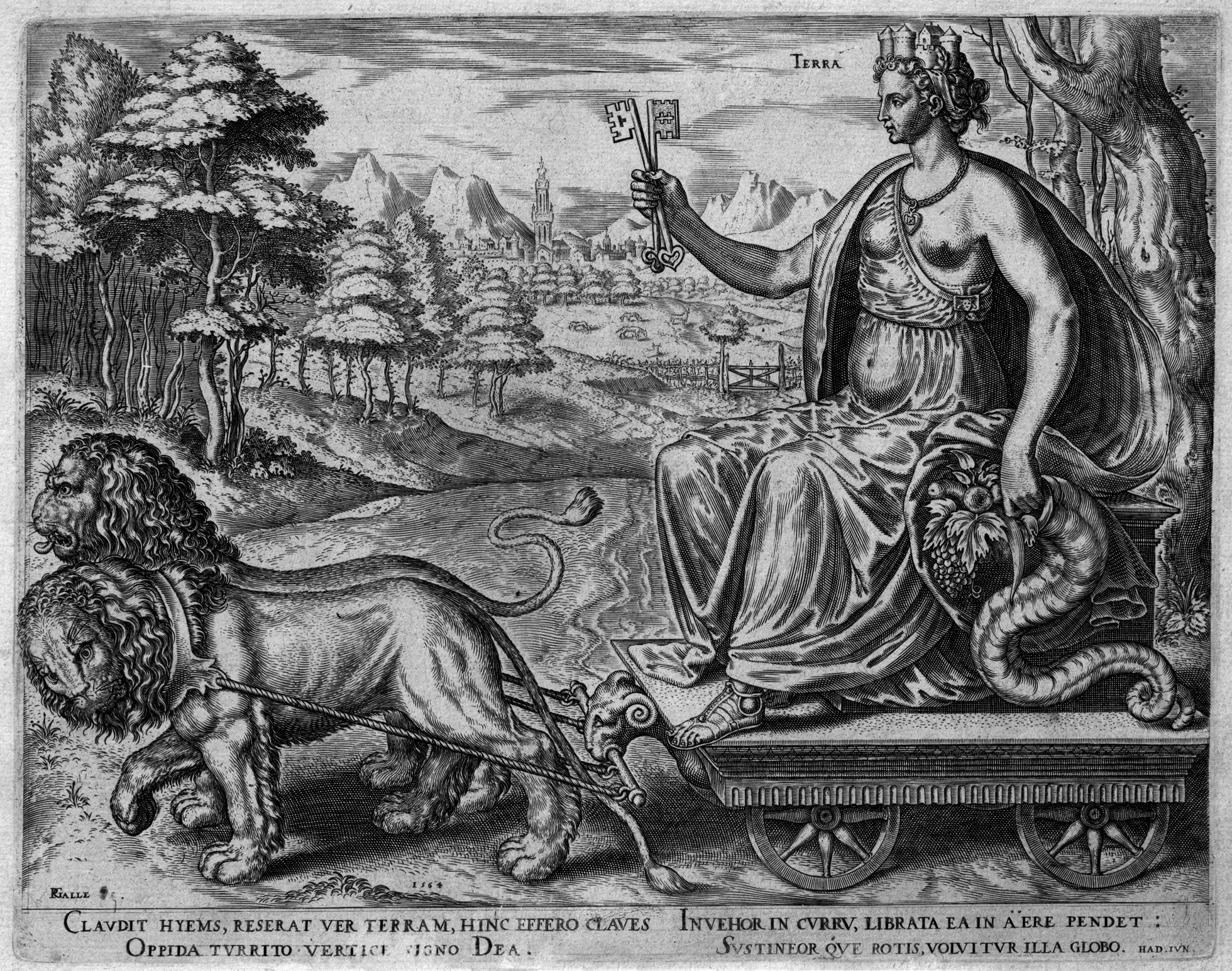Loading the page ...
Philips Galle
(1537 Haarlem – 1612 Antwerp)
The Four Elements. Four engravings. Each measuring approx. 19.1 x 24.2 cm. 1564. TIB 56, 086, Hollstein 365–368, Sellink/Leesberg (New Hollstein) 365–368, each II. Watermark: Maltese Cross topped by two trefoils.
Philips Galle is considered one of the outstanding and most productive printmakers and publishers of his time. The esteem he enjoyed during his lifetime is evidenced by the references made to him in such contemporary sources as Descrittione di tutti i paesibassi (1567) by Lodovico Guicciardini and the second edition of Giorgio Vasari’s Vite (1568).
Very little is known about Philips Galle’s artistic training, but it is likely he received early instruction at the hands of Dirck Volckertsz. Coornhert, an engraver also active in Haarlem at the time. Galle’s first works date to 1557 and were the result of cooperation with Aux quatre vents, the publishing house run by Hieronymus Cock in Antwerp. Like Coornhert, Galle worked from Haarlem before moving to Antwerp around 1570, probably for religious reasons. In about 1563 Galle ceased collaborating with his Flemish colleagues in order to set up his own engraving trading and publishing business in Haarlem. In addition to works after the great masters, Pieter Bruegel, Maarten van Heemskerck and Frans Floris, Galle increasingly produced masterfully executed individual prints and series based on his own designs.
The present Four Elements series, dated 1564 on the first print entitled Terra, is one the very early works by Galle published by his own publishing house in Haarlem. The theme of the Four Elements, like the motifs of the Four Seasons, the Planets and the Twelve Months, is consistent with the iconographic vocabulary of the time. Galle chose the gods Cybele (earth), Jupiter (fire), Juno (air) and Neptune (water) for his allegorical depiction. In comparison with other contemporary series depicting the elements, in which the gods are frequently portrayed with numerous staffage figures and detailed imagery, Galle largely dispenses with any iconographical embellishments. The male and female personifications are identified by means of the symbol attributed to them, the element they visualise serving merely as a backdrop. This reduced, iconographically novel perception is characteristic of Galle’s engraving work. The precise, disciplined technique gives the portrayal remarkable visual panache. Very fine, harmonious impressions with wide margins, Terra with thread margins at the bottom. Slight signs of ageing and traces of handling, minor soiling, insignificant blemishes in the margins, otherwise in uniformly excellent condition.
Contact us for further information